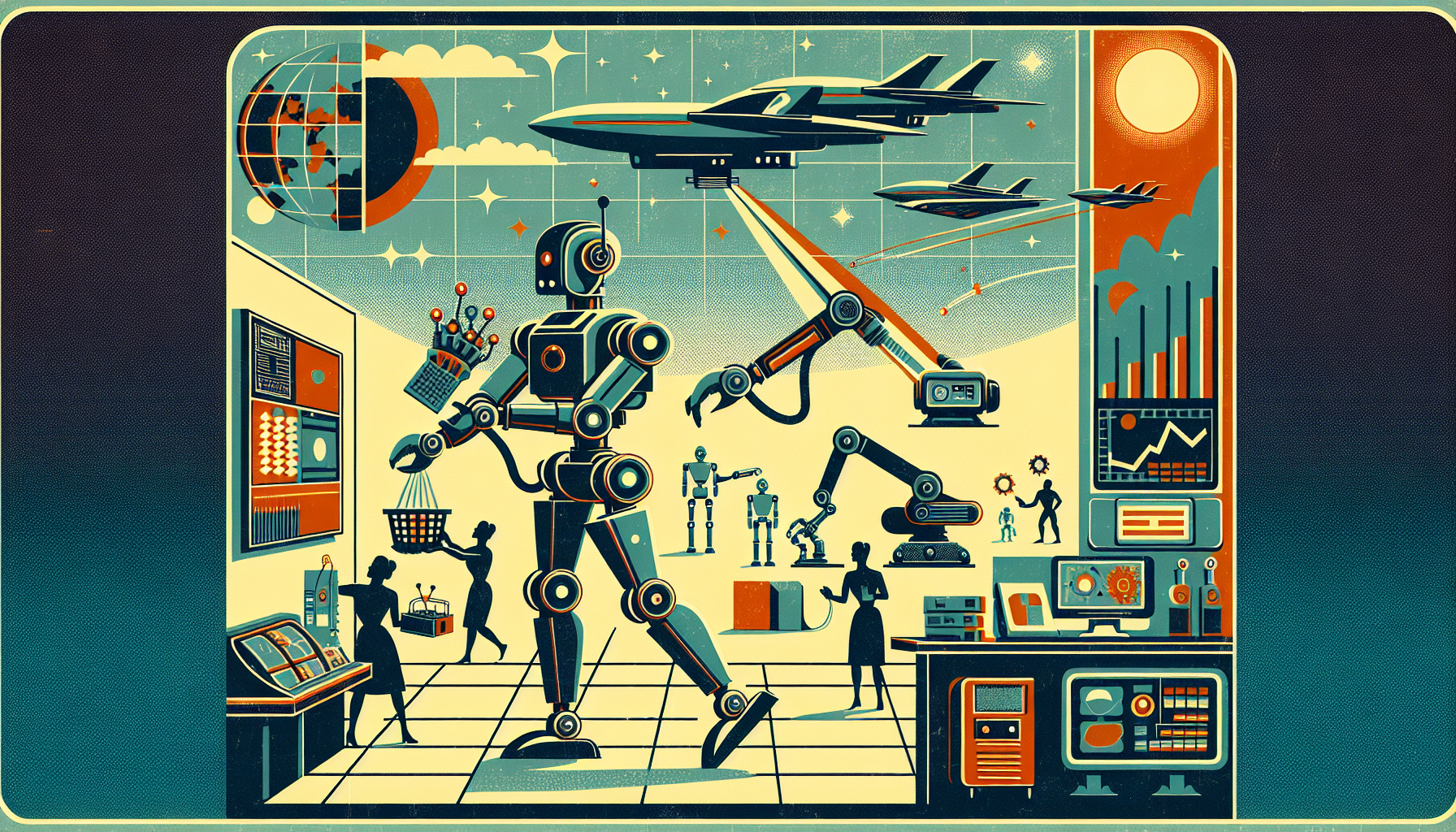In an impressive stride in robotics and artificial intelligence, researchers have crafted AI models known as robot utility models (RUMs). These models empower robots to perform various basic tasks in new, unfamiliar environments without needing extra training or fine-tuning.
### The Challenge of Unfamiliar Environments
Traditionally, teaching robots to operate in new settings has been a cumbersome and expensive endeavor. Robots usually require extensive training on new data for each new location, a process that is both time-consuming and costly. RUMs break this mold by allowing robots to adapt and perform tasks efficiently in previously unseen settings.
### Capabilities of RUMs
The RUMs, developed by a collaborative effort from New York University, Meta, and Hello Robot, enable robots to complete five specific tasks with an impressive success rate:
- Opening doors and drawers
- Picking up tissues
- Picking up bags
- Picking up cylindrical objects
These AI models boast a remarkable 90% success rate in executing these tasks, showcasing a significant advancement in the realm of robotics.
### How RUMs Work
RUMs are crafted to generalize across different environments, helping robots transfer the skills learned in one setting to another. This generalization is vital for real-world applications where robots need to function in various, often unpredictable, environments. Leveraging RUMs, robots can now perform tasks efficiently without the need for environment-specific training, greatly simplifying their deployment in homes, hospitals, and other venues.
### Neural Motion Planning: An Additional Breakthrough
Complementing the RUMs is another notable development in robotics—Neural Motion Planning. Researchers at Carnegie Mellon University’s Robotics Institute have devised this data-driven approach to help robots navigate complex obstacles in new environments. This method employs a single, adaptable AI network to facilitate motion planning in various household settings, such as around cabinets, dishwashers, and refrigerators.
Inspired by how humans gain new skills through practice and gradual improvement, Neural Motion Planning involves simulating millions of intricate environments to train the AI models. This enables robots to adjust and perform tasks in diverse settings. Tests on a robotic arm demonstrated this method’s ability to navigate various household obstacles, highlighting its potential to boost robotic performance in real-world scenarios.
### Autonomous Skill Improvement
Furthering these advancements, MIT’s Computer Science and Artificial Intelligence Laboratory (CSAIL) and The AI Institute have developed the “Estimate, Extrapolate, and Situate” (EES) algorithm. This algorithm allows robots to practice and enhance their skills autonomously, without human intervention. The EES algorithm estimates the reliability of the robot’s actions, projects the improvement potential of practicing certain skills, and then guides the robot through practice sessions.
In experiments with Boston Dynamics’ Spot quadruped, the EES algorithm enabled significant improvements in tasks such as sweeping toys into a bin and placing a ball and ring on a slanted table, all within a few hours. This capability for autonomous learning is a crucial step toward creating home robots that can continuously evolve and improve on their own.
### Future Implications
These advancements in AI models and algorithms hold great promise for the future of robotics. By enabling robots to perform tasks in unfamiliar environments without extensive training, these innovations could streamline the deployment of robots in various settings, making it faster, easier, and more economical. This could lead to the widespread integration of robots in homes, hospitals, and other environments, boosting efficiency and productivity.
In conclusion, the development of RUMs, Neural Motion Planning, and the EES algorithm marks a significant leap forward in robotics, paving the way for more versatile, adaptable, and autonomous robots capable of thriving in a multitude of environments.

Leave a Reply